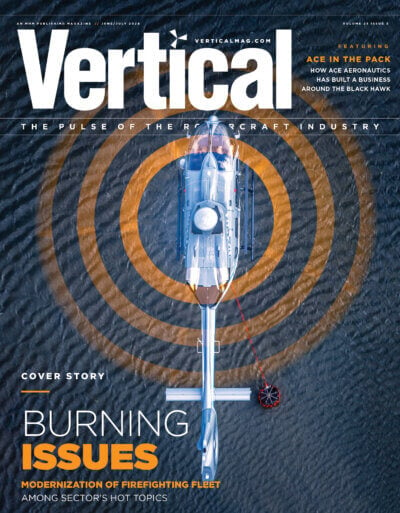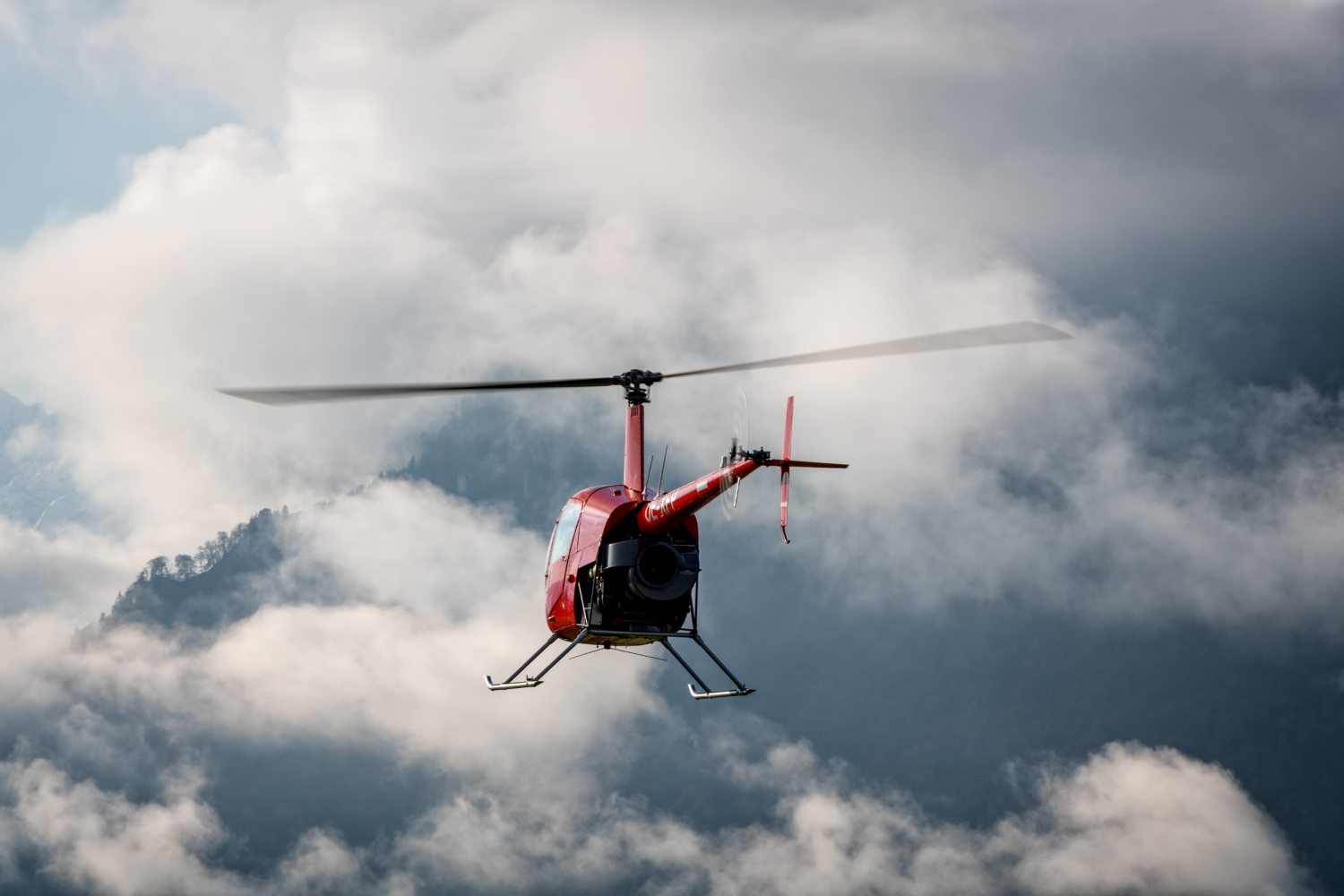Unless you’re flying on scheduled service, there’s one thing you can be sure of as a professional helicopter pilot. It is highly likely that you are going to fly visual flight rules (VFR) in marginal weather at low altitude when the weather has changed unexpectedly.
Encountering such a situation brings all sorts of pressures on the aircraft captain. This is normally not experienced during flight training, and it’s certainly even more challenging for those operating as a single pilot.
Hopefully due to the efforts of organizations, such as the International Helicopter Safety Team (IHST), the U.S. Helicopter Safety Team (USHST), the European Helicopter Safety Team (EHEST) and the Helicopter Association of Canada (HAC), you were exposed to some of the training material associated with inadvertent entry into instrument meteorological conditions (IIMC).
Perhaps you watched the 56 Seconds to Live YouTube video created by USHST and noted the issues involved. Maybe your company has some training requirements built into your line check regime. Unfortunately, the problem usually isn’t a lack of training — it’s often the pilot who thinks that they won’t face such a predicament.
IIMC remains the issue that I think about on a regular basis. This is not only because I now fly in a very challenging weather environment, but also because, with monotonous and annoying regularity, helicopters still end up on the wrong side of Mother Nature, inevitably with fatal consequences.
The requirements for helicopter VFR flying in most countries are relatively liberal. As long as you stay below 140 knots indicated airspeed (KIAS) and you’re clear of cloud and in sight of the surface, you’re fine to fly. But these criteria are open to interpretation. How “clear of cloud” exactly? And how much exactly of the surface must I be able to see?
Judging this all from the ground is not easy, and weather forecasts are still pretty poor at coming up with an enroute forecast that is reliable in the environment below 2,000 feet (610 meters) above ground level (AGL).
This choice often becomes one of instinct, based on local weather knowledge, the terrain of the operating area, and the needs of the mission. If the weather is marginal for VFR but definitively not “fogged out,” the pressure to continue the flight can be irresistible, but this is where the first barrier to IIMC occurs. Inevitably, it is the aircraft captain who must decide, unless the organization has a structured system of third-party authorization for the flight. The latter is very common in military operations but it’s normally not a key element in smaller flight operations.
Once the pilot is in the air and they see the weather ahead is not what they were expecting, they’re faced with some crucial decisions to make. They could turn around the way they came, climb and go instrument flight rules (IFR) (if the aircraft is equipped and pilot is rated), land, or carry on with the planned route or look for a better one. I have done all of these at one time or another, and each introduces its own set of problems.
If you have a paying passenger on board, perhaps only returning to start, diverting or continuing are acceptable to them. Unfortunately, there are plenty of examples where this has become the critical link in the accident chain, when the customer — perhaps high paying — insists on continuing and the pilot neither has the fortitude or job security to say no.
Of these decisions, the one most often ignored is to just land. But this is a valid choice that can buy essential decision-making time, allowing for rational discussions between those in the helicopter without the pressure of the environment. Perhaps you can make a call, get advice on a better route, or even arrange for ground transport.
If you choose to continue flying, you will be faced with a dynamic situation and a lot will depend on how you deal with it. In the moment, when you fly into cloud or fog, what do you do? Your references are now internal and if you have an artificial horizon and compass, you can probably still do a 180-degree turn and try to exit.
As a VFR-rated pilot, this really is the point of no return, and it’s something that you need to practice more than once a year in a skills test (if you get checked on it at all). It should be in your operation’s manual, and you should take advantage of any simulator training available.
If you are going to convert to IFR flight, knowing and practicing what to do next is just as important. On entry into cloud, rather than try to turn, the best bet is to climb safely and quickly to a safe altitude while changing the IFF code to 7700 if you think you are climbing into busy airspace. This will ensure that air traffic control (ATC) will understand your predicament and can move people out of your way while you get to safety.
From a power perspective, what you do will depend on your exact situation, but it’s best to use at least max continuous power just to ensure you clear the terrain and obstacles ahead of you. Air speed should be reduced to the best angle of climb speed, and your heading should be adjusted as you climb to give you the best terrain clearance. Of course, all of this relies on having decent instrument equipment and a really good idea of your navigational position. Once at a safe altitude and in good two-way communication with ATC, it will be time to settle into IFR navigation mode and prepare yourself for the next phase.
These decisions might seem easy but there are a lot of factors that get in the way of the decision-making. What if it is winter and IFR is not an option? What if the terrain is poor or waterlogged and you cannot land? What if the mission is so important that canceling or turning around is not an option? There is no right answer, but this is something that pilots should be thinking about on a regular basis and something to cover during preflight preparations.
It doesn’t matter who you are, what operation you are conducting, or who your customer might be. IIMC will be something you come across in professional helicopter operations. Be ready for it so you don’t become another statistic.
Simon Sparkes is a test pilot for the Norwegian Defense Materiel Agency who started his flying career with the Royal Navy at the end of the 1980s. With over 50 aircraft types in his logbook, his experience has ranged from anti-submarine warfare operations on the Sea King, to basic helicopter instruction on the Gazelle, to commercial light twin operations in both the EC135 and AS355. Previously the commanding officer of the Empire Test Pilots’ School, he currently works on a variety of projects with the AW101 SAR Queen in the challenging Norwegian environment.





